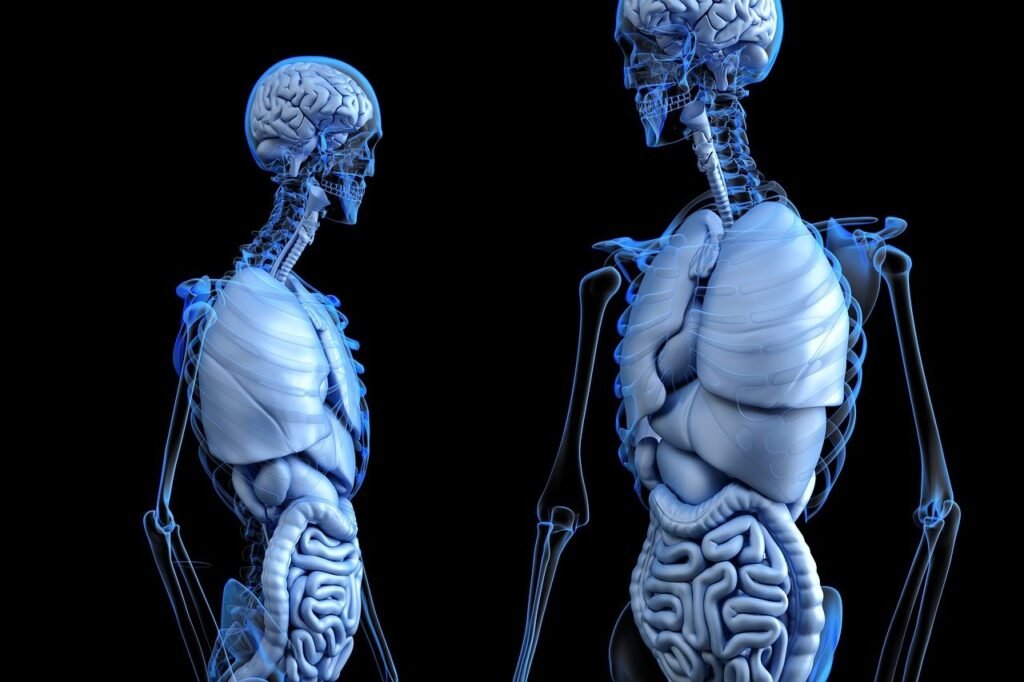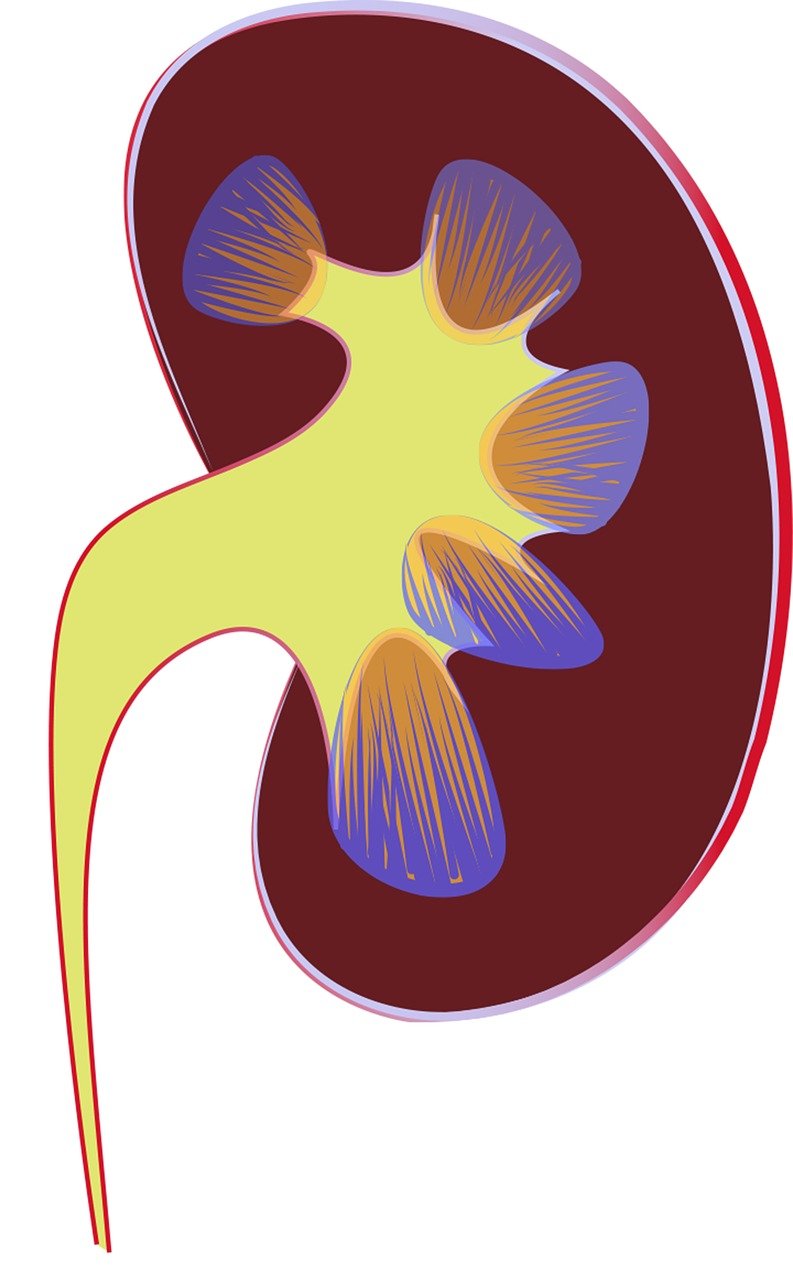If you’ve ever experienced urinary issues or kidney stones, you know how crucial it is to maintain a healthy urinary system. One factor that can greatly impact your urinary health is your intake of oxalate, a naturally occurring compound found in certain foods. In this article, we’ll explore the importance of managing your oxalate intake and provide practical tips on how to do so effectively. So, if you’re looking for ways to support your urinary health, keep reading!
Urinary Health Solutions: Managing Oxalate Intake

Understanding Oxalate and its Impact on Urinary Health
Oxalate is a naturally occurring substance found in many foods and beverages. It is also produced by the body as a byproduct of metabolism. While oxalate is not harmful in small amounts, high levels of oxalate in the body can contribute to the formation of kidney stones.
When oxalate levels in the urine become too high, they can combine with calcium to form crystals. These crystals can then bind together to create kidney stones. Kidney stones can cause severe pain and discomfort as they pass through the urinary tract.
Factors Affecting Oxalate Levels in the Body
There are several factors that can influence the levels of oxalate in the body. One factor is endogenous oxalate production, which refers to the production of oxalate by the body itself. Another factor is dietary oxalate absorption, which is the amount of oxalate that is taken in through the foods we eat. Additionally, the health of the gastrointestinal tract can impact oxalate absorption. Certain medical conditions, such as inflammatory bowel disease, can increase oxalate absorption from the intestines.
Dietary Sources of Oxalate
Oxalate is found in a wide variety of foods, both plant and animal-based. Some of the highest sources of oxalate include spinach, rhubarb, beets, and certain types of nuts and seeds. Other foods, such as berries, chocolate, and tea, also contain moderate levels of oxalate. On the other hand, low-oxalate foods include most fruits, vegetables, and grains. It is important to note that cooking foods can sometimes decrease oxalate levels, while other food preparation methods, such as boiling, can actually increase oxalate content.
The Link between Oxalate and Kidney Stones
The formation of kidney stones is a complex process involving multiple factors, including oxalate. When oxalate levels in the urine are high, they can combine with calcium to form crystals. These crystals can then grow and accumulate, eventually leading to the development of kidney stones. However, it is important to note that not all kidney stones are composed of oxalate. There are different types of kidney stones, including calcium oxalate stones, uric acid stones, and struvite stones.
In addition to high levels of oxalate, other risk factors for kidney stone formation include dehydration, a family history of kidney stones, certain medical conditions such as hyperparathyroidism, and certain medications. It is important to work with a healthcare professional to determine the underlying cause of kidney stones in order to develop an appropriate treatment and prevention plan.

Assessing Oxalate Intake
Assessing oxalate intake can be a helpful tool in managing urinary health. This can be done by keeping track of the oxalate content in common foods and beverages. There are databases and resources available that provide information on the oxalate content of different foods. Keeping a food diary can also be helpful in tracking and monitoring oxalate intake. Additionally, laboratory testing can be conducted to measure oxalate levels in the body.
10 Tips for Managing Oxalate Intake
Managing oxalate intake can be achieved through a combination of dietary changes and lifestyle modifications. Here are ten tips to help manage oxalate intake:
-
Understand your personal oxalate threshold: Everyone’s tolerance for oxalate is different, so it is important to pay attention to how your body responds to different foods and adjust your diet accordingly.
-
Drink plenty of fluids: Staying hydrated can help prevent the concentration of oxalate in the urine. Aim to drink at least eight glasses of water per day.
-
Consume calcium-rich foods: Calcium can help bind to oxalate in the intestines, reducing its absorption. Include sources of calcium such as low-fat dairy products, fortified plant-based milks, and leafy green vegetables in your diet.
-
Cook oxalate-rich foods: Cooking can help reduce the oxalate content in certain foods. For example, steaming or boiling vegetables can help reduce their oxalate levels.
-
Balance high-oxalate meals with low-oxalate choices: If you want to enjoy a high-oxalate food, try pairing it with a low-oxalate food to help balance out your overall oxalate intake.
-
Explore alternative cooking methods: In addition to cooking, other food preparation methods such as soaking or fermenting can also help reduce oxalate levels in certain foods.
-
Practice portion control: Controlling portion sizes can help manage oxalate intake. Be mindful of serving sizes and try not to exceed recommended portions for high-oxalate foods.
-
Be mindful of hidden sources of oxalate: Some foods may contain oxalate without it being immediately obvious. Be cautious of foods like soups, sauces, and processed foods, as they may contain hidden sources of oxalate.
-
Consider oxalate-reducing enzymes: Some individuals may benefit from taking enzymes that specifically break down oxalate in the body. Discuss this option with your healthcare provider to determine if it is appropriate for you.
-
Monitor your symptoms and adjust as needed: Pay attention to any changes in symptoms or urinary health. If you notice an increase in symptoms or kidney stone development, consult your healthcare provider for further guidance.
The Role of Hydration in Oxalate Management
Hydration plays a crucial role in urinary health and can also help manage oxalate levels in the body. Drinking an adequate amount of fluids helps dilute the urine and prevent the concentration of oxalate. Aim to drink at least eight glasses of water per day and increase fluid intake during hot weather or vigorous physical activity. It is important to note that not all fluids are created equal when it comes to oxalate management. Water is the preferred choice, while beverages high in oxalate, such as tea or certain fruit juices, should be consumed in moderation. Discussing hydration guidelines with a healthcare professional can help tailor fluid intake recommendations to individual needs.
Supplements and Medications for Oxalate Control
In addition to dietary changes, certain supplements and medications may be used to help manage oxalate levels in the body. Calcium supplements, when taken with meals, can help bind to oxalate in the intestines and prevent its absorption. Magnesium supplements may also have a similar effect. Oxalate binders, which are medications that bind to oxalate in the digestive tract, may be prescribed in certain cases. Vitamin B6 has also been shown to be effective in reducing oxalate production in the body. It is important to consult with a healthcare provider before starting any new supplements or medications for oxalate control.
Seeking Professional Advice for Oxalate Management
Managing oxalate intake and maintaining urinary health can be a complex process. It is important to seek professional advice from a healthcare provider or registered dietitian who specializes in urinary health. They can provide personalized guidance and recommendations based on individual needs and medical history. They can also help determine the underlying cause of kidney stones and develop an appropriate treatment and prevention plan.
Myths and Misconceptions about Oxalate and Urinary Health
There are several myths and misconceptions surrounding oxalate and its impact on urinary health. It is important to separate fact from fiction when it comes to managing oxalate intake. Here are some common myths and misconceptions:
-
Misconception: All high-oxalate foods are unhealthy. While it is important to monitor oxalate intake, many high-oxalate foods also offer valuable nutritional benefits. It is about finding a balance and incorporating a variety of foods into your diet.
-
Misconception: Completely eliminating oxalate is necessary. While reducing oxalate intake may be beneficial for some individuals, complete elimination is not typically necessary, and can even be harmful if not approached under professional guidance.
-
Misconception: Calcium should be avoided due to oxalate. In fact, consuming adequate amounts of calcium can help reduce oxalate absorption in the intestines. It is important to consume calcium-rich foods while managing oxalate intake.
-
Myth: Oxalate causes all types of kidney stones. While oxalate is a common component of kidney stones, it is not the sole cause. Different types of kidney stones have different causes and managing oxalate intake may not be sufficient for everyone.
-
Myth: Only dietary changes are needed to manage oxalate levels. While dietary changes play a significant role in managing oxalate intake, other factors such as hydration, supplements, and medications may also be necessary. It is important to work with a healthcare professional to develop a comprehensive plan.

